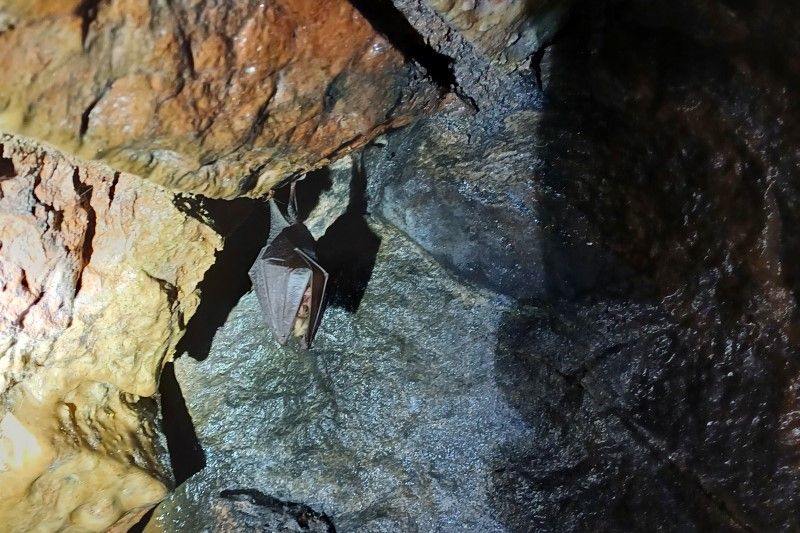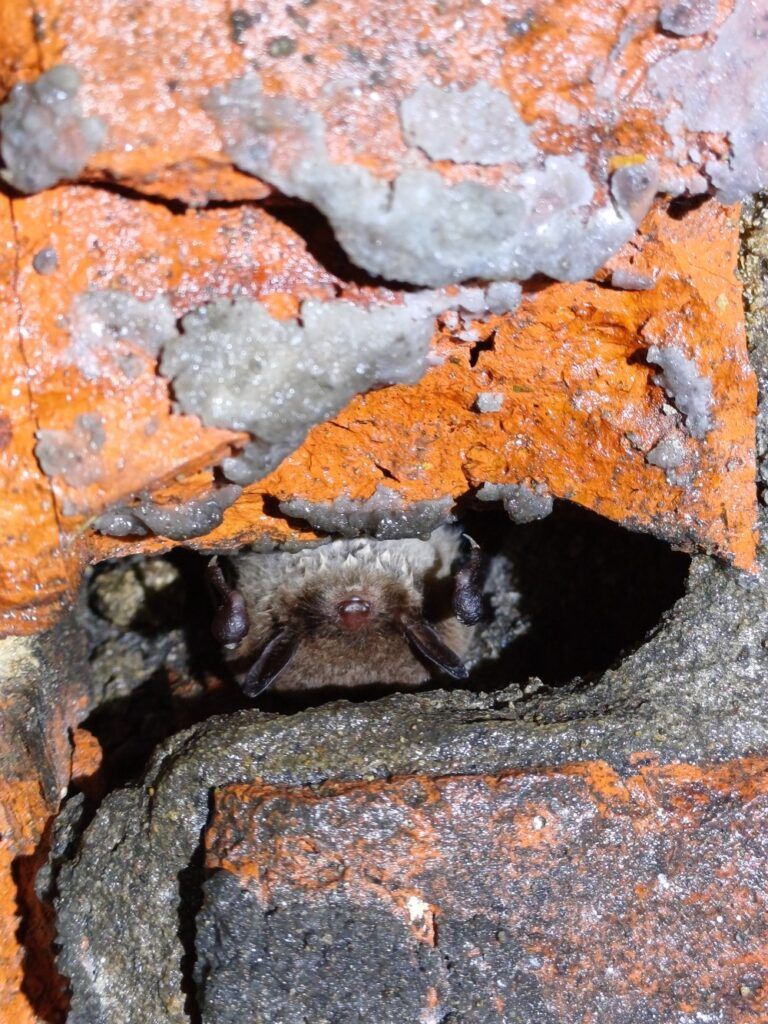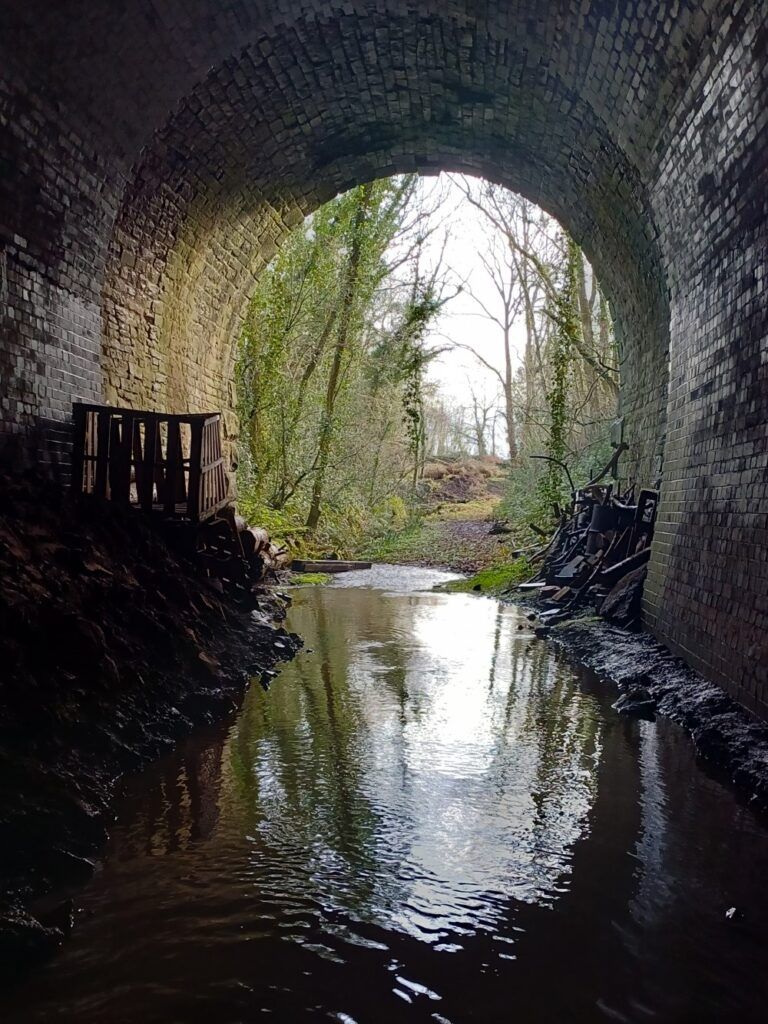Are bats using disused railway tunnels during the summer?

Despite making up almost 25% of the UK’s native mammal species, and playing a vital role in insect population management, the important role bats play in our ecosystem is often overlooked because of their nocturnal lifestyle and negative public perception. Of the 18 bat species recorded in the UK, nine have a conservation status of Least Concern. All others are Near Threatened, Vulnerable, Endangered, Critically Endangered, or lacking in enough data to know. Bats have a slow reproductive rate and are highly sensitive to environmental disturbances, combined with increasing human activities threatening their roost sites and poor landscape connectivity over the last century, their populations have been declining. The sheer amount of insects bats require to sustain their diet also means as insect numbers drop so does our number of bats.
Roosting potential


Following widespread rail network closures in the 1960’s, there are around 600 disused railway tunnels across the UK. They’re widely known to be used by bats as hibernation roosts, as they offer protection from predation and adverse weather, as well as providing stable temperatures and humidity levels throughout winter. In 2023, two greater mouse-eared bats (Myotis myotis) were found hibernating in disused railway tunnels in Sussex, making them the only known individuals of this Critically Endangered Species found in the UK. However, very little research has been conducted on how and why bats may use tunnels during the summer months, either as summer roosts or for foraging.
This research is urgent because many disused rail tunnels are starting to be reopened as footpaths and cycling routes, requiring works to stabilise the structures and introduce artificial lighting. All bats are protected species in the UK, so any work carried out must include an assessment of potential impacts on bats and relevant mitigation measures. But the lack of knowledge of how bats are using tunnels means there is very little guidance on how to minimise these impacts.
Acoustic monitoring and analysis
Our intern Rachel Reizin will be surveying disused tunnels around the South-West of England, in conjunction with the Ecology and Conservation Research Lab at the University of the West of England. She will carry out overnight acoustic monitoring of bat activity throughout the tunnels, alongside parameters such as the size of tunnel, light intensity, humidity, weather conditions and surrounding habitat to show how bats may use them for foraging and commuting, and what characteristics they may prefer in a tunnel. She’ll carry out acoustic analysis to determine which species are using the tunnels, and roost counts during the day to determine roosting preference. Rachel hopes to build a knowledge base of how exactly bats use disused railway tunnels, and which features are preferred by different species in order to inform future conservation when considering opening similar tunnels for public use.
This project is only possible thanks to our generous donors. Can you help by donating today?
Header image credit Chiara Scaramella

